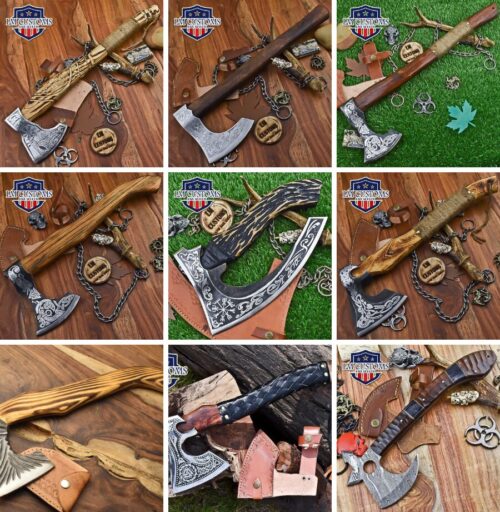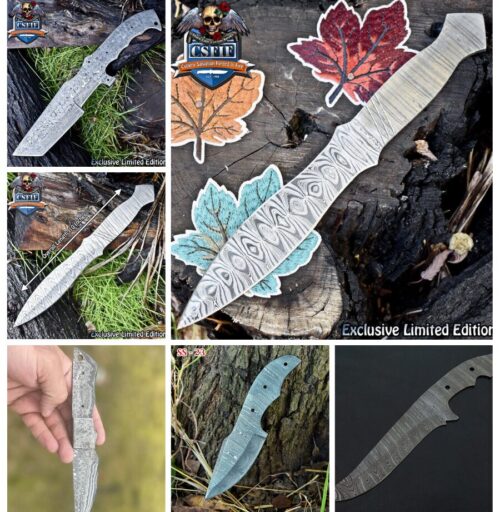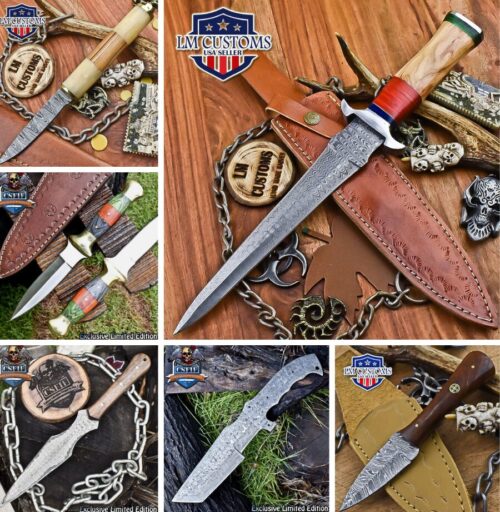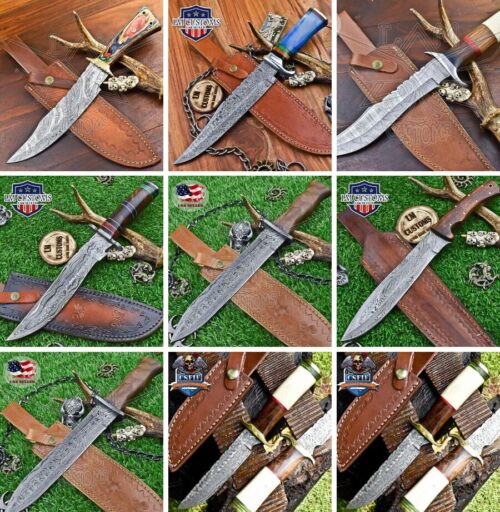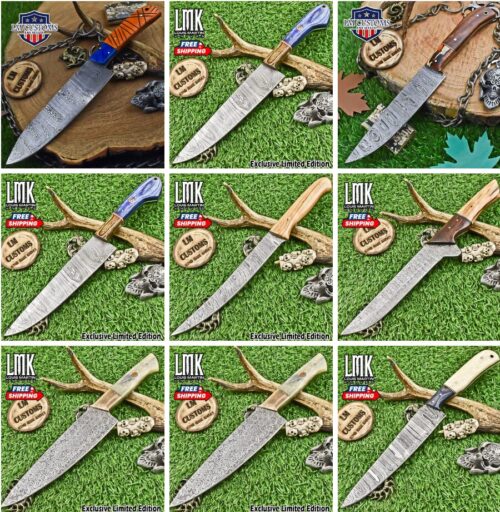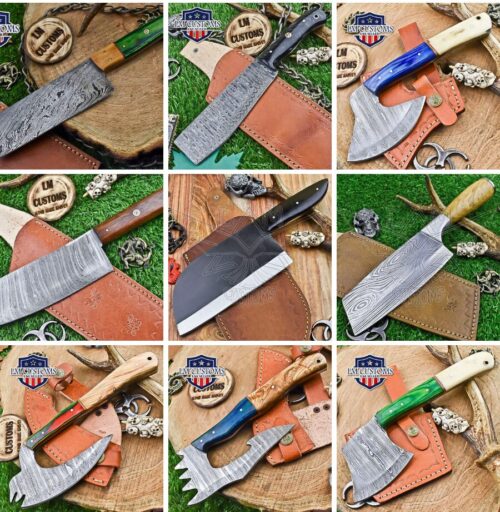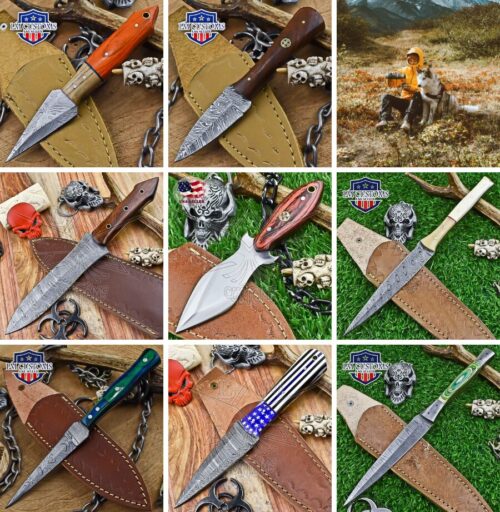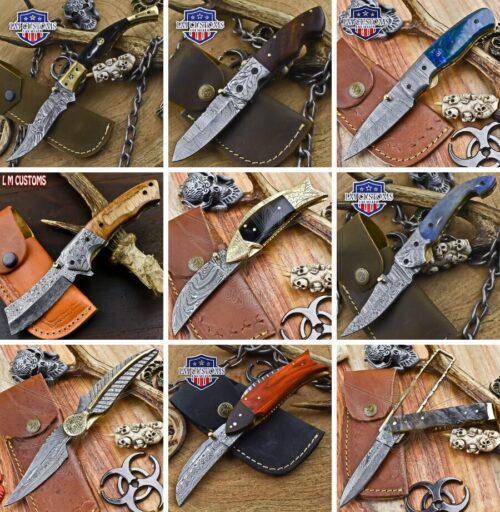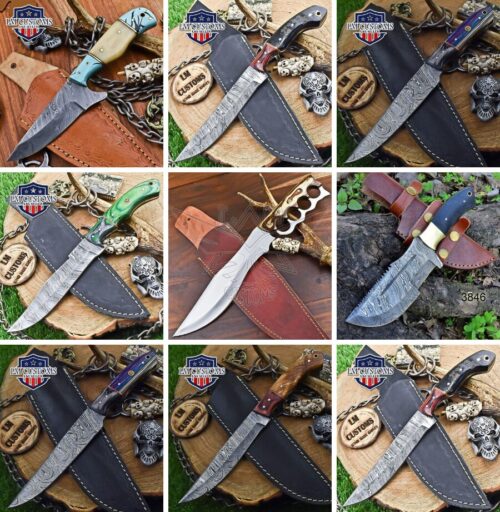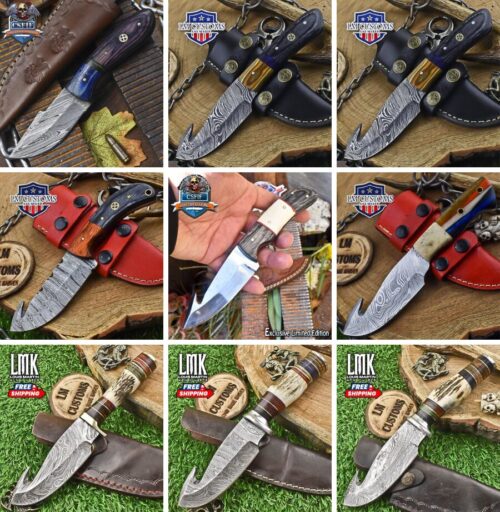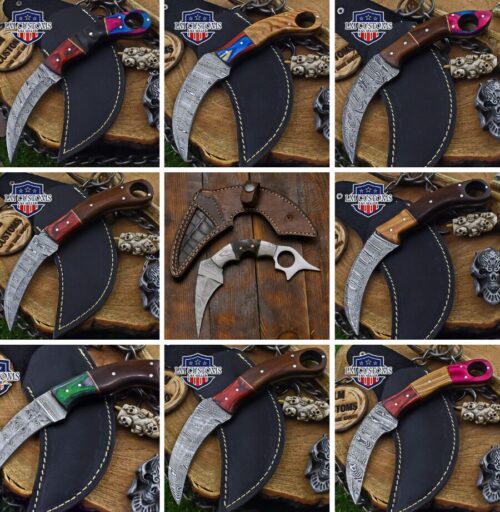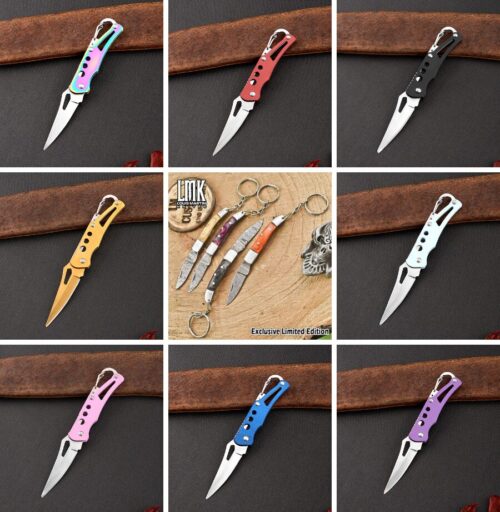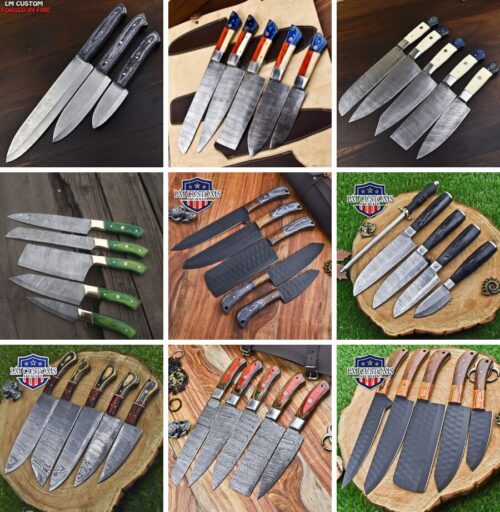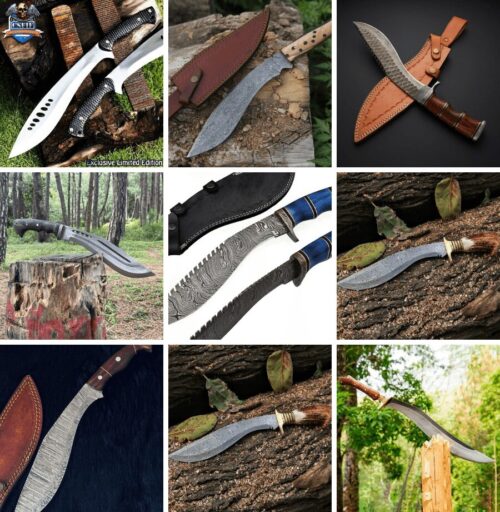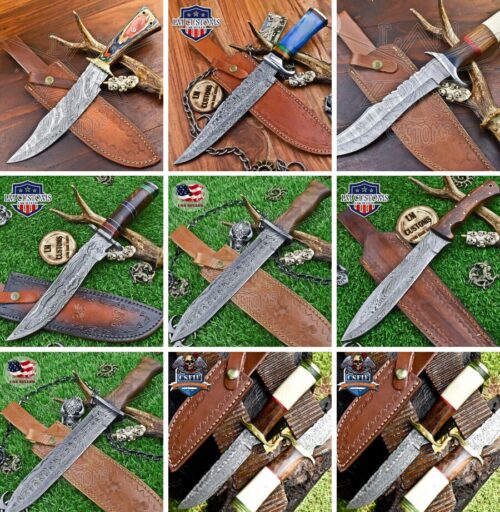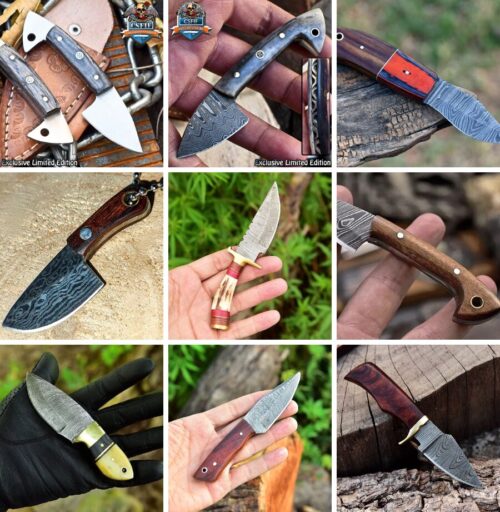Elegance Forged in Steel: The Enigmatic Allure of Damascus Knives
Damascus knives are a testament to the ancient artistry of blacksmiths and the enduring beauty of steel. Renowned for their striking, wavy patterns, these knives are not just tools; they are intricate works of art that marry form and function in a single blade. The secret behind their mesmerizing aesthetics lies in the meticulous forging process, where layers of high-carbon and low-carbon steel are expertly folded, welded, and hammered together. This labor-intensive technique not only creates the signature ripple patterns but also results in blades of exceptional strength, sharpness, and durability.
- The history of Damascus steel stretches back centuries, with its origins rooted in the Middle East and South Asia
- These blades were prized by warriors and revered for their sharpness and ability to hold an edge.
- Each Damascus blade tells a unique story through its distinct patterns, making them more than just cutting tools; they are a testament to the enduring craftsmanship and artistry of knife making
Most Selling Damascus Knife
Cleaning Tips
Preserving the Artistry
knives are renowned for their intricate patterns, and cleaning them requires special care to maintain their aesthetic appeal. To clean the blade:
Handle with Care
The handles of knives come in various materials, including wood, bone, and other natural substances.
Regular Maintenance
Maintaining the sharpness of a Damascus knife is essential for its longevity and performance.
Works of Art for Enthusiasts
Damascus knives are sought after by collectors worldwide. These knives come in various patterns, and some are designed with intricate details and unique handles. Collectors often look for limited-edition or custom handmade knives, considering them both valuable investments and beautiful pieces of art that can be displayed with pride.
The Damascus Revival: Modern Interpretations
While the original methods of crafting Damascus steel were lost, modern knifemakers have revived the art form with a contemporary twist. They use modern technology and metallurgy to recreate the signature patterns and strength of Damascus steel. These modern interpretations pay homage to the past while embracing innovation, making them accessible to a wider audience of knife enthusiasts.
These unique aspects of Damascus knives showcase their historical significance, artistry, and versatility, making them a cherished addition to both culinary settings and collections alike.
The Mystique of Pattern Welding
Pattern welding is the intricate process behind the mesmerizing patterns seen on Damascus knives. Layers of high-carbon and low-carbon steel are carefully folded, stacked, and then forged together, creating unique designs that make each blade one-of-a-kind. This ancient technique not only enhances the aesthetics but also contributes to the knife’s strength and sharpness.
The Legendary Origins of Damascus Steel
The origins of Damascus steel are steeped in legend and mystery. Historically, it was believed that the best Damascus steel came from swords forged in the Middle East, particularly in Damascus, Syria. These blades were renowned for their legendary sharpness and ability to cut through other swords. The exact methods used in creating this legendary steel were lost to time, adding to its mystique. Modern Damascus steel seeks to replicate these ancient techniques.
The Art of Crafting a Damascus Knife
Creating Damascus knives is a labor-intensive and highly skilled craft. Bladesmiths carefully layer and forge different types of steel to create the desired pattern. The process involves precise temperature control and meticulous hammering. Each knife requires hours of craftsmanship, from shaping the blade to fitting it with a carefully chosen handle material, resulting in a blade that is both functional and a work of art.
Unveiling the Timeless Craftsmanship and Diversity of Damascus Knives
The history of Damascus steel stretches back centuries, with its origins rooted in the Middle East and South Asia. These blades were prized by warriors and revered for their sharpness and ability to hold an edge. Today, Damascus knives continue to captivate enthusiasts and collectors alike. Each Damascus blade tells a unique story through its distinct patterns, making them more than just cutting tools; they are a testament to the enduring craftsmanship and artistry of knife making. Whether you seek a reliable companion for culinary adventures or a piece of functional art to display proudly, Damascus knives offer a blend of elegance and utility that is truly timeless.
The Legendary Origins of Damascus Steel
The origins of Damascus steel are steeped in legend and mystery. Historically, it was believed that the best Damascus steel came from swords forged in the Middle East, particularly in Damascus knives, Syria. These blades were renowned for their legendary sharpness and ability to cut through other swords. The exact methods used in creating this legendary steel were lost to time, adding to its mystique.
Modern Damascus steel seeks to replicate these ancient techniques. Creating Damascus knives is a labor-intensive and highly skilled craft. Bladesmiths carefully layer and forge different types of steel to create the desired pattern. The process involves precise temperature control and meticulous hammering. Each knife requires hours of craftsmanship, from shaping the blade to fitting it with a carefully chosen handle material, resulting in a blade that is both functional and a work of art.
